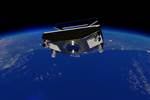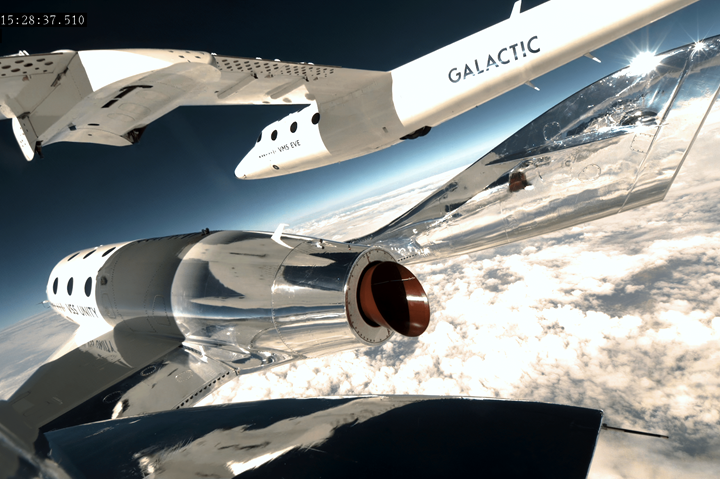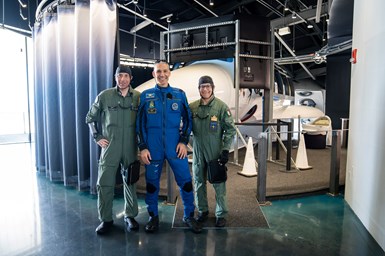Virgin Galactic completes inaugural commercial spaceflight
Aboard the all-composite VSS Unity spaceplane, the Galactic 01 spaceflight carried 13 research payloads and three crew members, with a second flight scheduled for August.
On June 29th, Virgin Galactic Holdings (Mojave, Calif., U.S.) completed its inaugural commercial spaceflight from Spaceport America in New Mexico. The Galactic 01 carried 13 research payloads and three crew members from the Italian Air Force and National Research Council of Italy to conduct scientific experiments in a microgravity environment.
Takeoff time was at 8:30 a.m. MT, the altitude at release was 44,500 feet, the apogee was 52.9 miles, the top speed was Mach 2.88 and the landing time was 9:42 a.m. MT.
The company says it will now proceed with post-flight inspections and analysis in preparation for its next commercial mission, Galactic 02, which will bring Virgin Galactic’s experience to private astronauts. The mission is planned for August 2023, with monthly flights to space beginning thereafter.
“Today, our team successfully flew six people and more than a dozen research payloads to space in VSS Unity, our unique, suborbital science lab,” says Virgin Galactic CEO Michael Colglazier. VSS Unity uses composite materials. “This historic flight was our first commercial flight and our first dedicated commercial research mission — ushering in a new era of repeatable and reliable access to space for private passengers and researchers. Galactic 02, our first spaceflight with private astronauts, is planned for August and we expect VSS Unity to continue with monthly space missions while we simultaneously work to scale our future spaceship fleet for a global audience.”
The Galactic 01 crew included:
- Astronaut 008, Col. Walter Villadei, Italian Air Force
- Astronaut 010, Pantaleone Carlucci, Engineer, National Research Council of Italy
- Astronaut 003 Colin Bennett, Astronaut Instructor, Virgin Galactic
-
Astronaut 009, Lt. Col Angelo Landolfi, Physician, Italian Air Force
VSS Unity was piloted by commander Mike Masucci and pilot Nicola Pecile, with VMS Eve piloted by commander Kelly Latimer and pilot Jameel Janjua.
The Galactic 01 spaceflight had several objectives. It (1) collected 13 human-tended and autonomous experiments to examine the biomedical field, thermo-fluid dynamics and the development of innovative and sustainable materials in microgravity conditions, (2) evaluated and measured hypergravity to microgravity transition effects on the human body, including both biological and physical data properties and (3) collected data through wearable research payloads and sensors, and by autonomous research payloads mounted in the cabin on Virgin Galactic’s payload rack system.
Read more about Virgin Galactic’s developments here.
Related Content
-
HyImpulse, Adamant Composites linerless CFRP tank passes hydrostatic burst test
The liquid oxygen (LOX) tank, to be used in a HyImpulse smallsat launch vehicle, demonstrates the ability to withstand pressures well beyond the limits of its intended use.
-
Automated robotic NDT enhances capabilities for composites
Kineco Kaman Composites India uses a bespoke Fill Accubot ultrasonic testing system to boost inspection efficiency and productivity.
-
A new era for ceramic matrix composites
CMC is expanding, with new fiber production in Europe, faster processes and higher temperature materials enabling applications for industry, hypersonics and New Space.


















